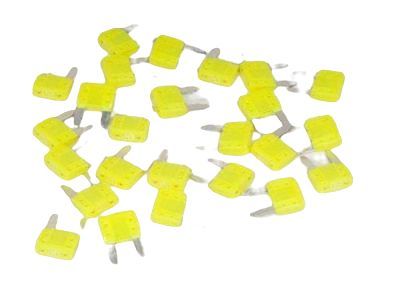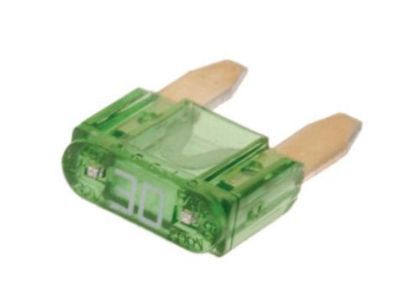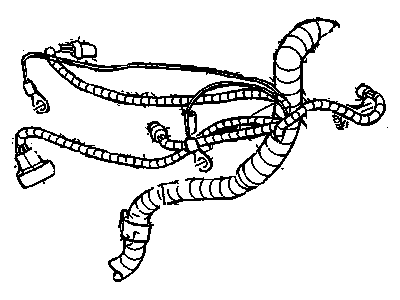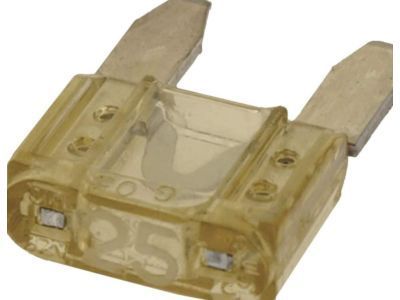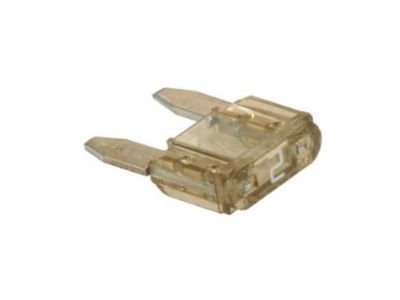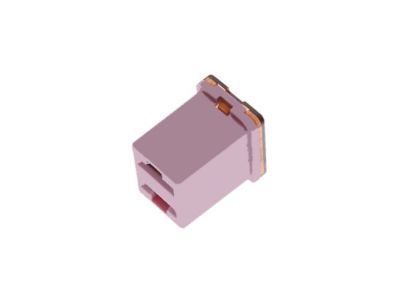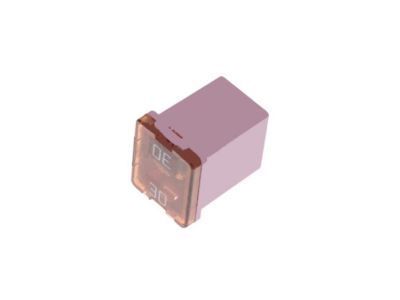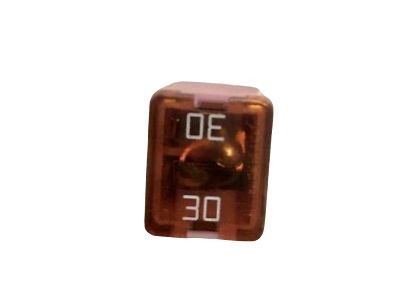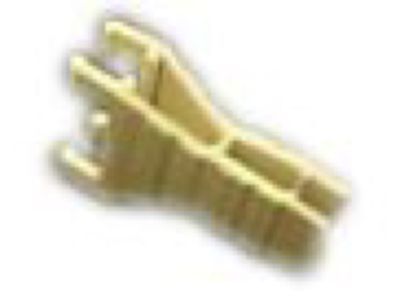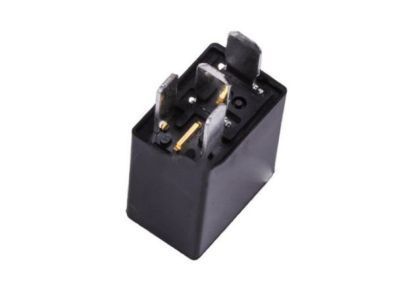
My Garage
My Account
Cart
Genuine Chevrolet Cruze Fuse
Circuit Fuse- Select Vehicle by Model
- Select Vehicle by VIN
Select Vehicle by Model
orMake
Model
Year
Select Vehicle by VIN
For the most accurate results, select vehicle by your VIN (Vehicle Identification Number).
82 Fuses found
Chevrolet Cruze Fuse,Mini 20 A
Part Number: 88861352$2.19 MSRP: $4.13You Save: $1.94 (47%)Ships in 1 Business DayChevrolet Cruze Fuse,Mini 30 A
Part Number: 12092075$0.08 MSRP: $0.16You Save: $0.08 (50%)Ships in 1-3 Business DaysChevrolet Cruze Fuse,Mini 15 A
Part Number: 88909754$0.08 MSRP: $0.16You Save: $0.08 (50%)Ships in 1-3 Business DaysChevrolet Cruze Fuse,Mini 25 A
Part Number: 88909756$0.16 MSRP: $0.30You Save: $0.14 (47%)Ships in 1-2 Business DaysChevrolet Cruze Fuse,Mini 2 A
Part Number: 12191645$0.09 MSRP: $0.14You Save: $0.05 (36%)Ships in 1-3 Business DaysChevrolet Cruze Puller,Fuse
Part Number: 19118724$4.92 MSRP: $7.74You Save: $2.82 (37%)Ships in 1-3 Business DaysChevrolet Cruze Fuse
Part Number: 84070942$5.10 MSRP: $8.03You Save: $2.93 (37%)Ships in 1-3 Business DaysChevrolet Cruze Fuse
Part Number: 84082852$13.59 MSRP: $22.49You Save: $8.90 (40%)Ships in 1-3 Business DaysChevrolet Cruze Fuse
Part Number: 84082848$14.24 MSRP: $22.40You Save: $8.16 (37%)Ships in 1-3 Business DaysChevrolet Cruze Fuse,Mini 10 A
Part Number: 12092079$4.23 MSRP: $7.98You Save: $3.75 (47%)Ships in 1-3 Business DaysChevrolet Cruze Fuse, Multiuse (Repair)
Part Number: 22917201$4.96 MSRP: $8.21You Save: $3.25 (40%)Ships in 1-3 Business DaysChevrolet Cruze Fuse
Part Number: 84116257$11.90 MSRP: $19.71You Save: $7.81 (40%)Ships in 1-3 Business DaysChevrolet Cruze Fuse
Part Number: 84070940$6.13 MSRP: $10.14You Save: $4.01 (40%)Ships in 1-3 Business DaysChevrolet Cruze Fuse
Part Number: 84070930$5.04 MSRP: $7.94You Save: $2.90 (37%)Ships in 1-3 Business DaysChevrolet Cruze Fuse,50 A
Part Number: 19116359$4.34 MSRP: $6.83You Save: $2.49 (37%)Ships in 1-3 Business DaysChevrolet Cruze Fuse, Multiuse (Repair) *Pink
Part Number: 13586681$10.38 MSRP: $16.34You Save: $5.96 (37%)Ships in 1-3 Business DaysChevrolet Cruze Fuse, Multiuse (Repair) *Light Blue
Part Number: 13586654$11.79 MSRP: $18.55You Save: $6.76 (37%)Ships in 1-3 Business DaysChevrolet Cruze Fuse, Multiuse (Repair)
Part Number: 22917199$0.74 MSRP: $1.15You Save: $0.41 (36%)Ships in 1-3 Business DaysChevrolet Cruze Fuse
Part Number: 84116258$12.70 MSRP: $19.98You Save: $7.28 (37%)Ships in 1-3 Business Days
| Page 1 of 5 |Next >
1-20 of 82 Results
Chevrolet Cruze Fuse
Each OEM Chevrolet Cruze Fuse we offer is competitively priced and comes with the assurance of the manufacturer's warranty for the part. Furthermore, we guarantee the speedy delivery of your orders right to your doorstep. Our hassle-free return policy is also in place for your peace of mind.
Chevrolet Cruze Fuse Parts Questions & Experts Answers
- Q: How are the electrical circuits safeguarded and what should be considered when replacing fuses on Chevrolet Cruze?A:The protection of the electrical circuit is provided by fuses, circuit breakers, and fusible links Most of the fuses and relays are mounted in the engine compartment on the main fuse/relay panel while others are located inside the passenger compartment on the interior fuse/relay panel. Every fuse is designed to guard a unique circuit; nevertheless, various sizes including small, medium, and large are usually used, but the blade terminal is constant. Whereas medium and large fuses can be pulled out physically, small fuses have to be pulled out a tool like a pair of plier or a plastic fuse pulling tool. Whenever you have an electrical component that is not working, the fuse should be checked by using a test light on the terminal tips; if one side has power only the fuse is blown and this is easily determined since the element between the terminals is melted. Blown fuses should be replaced with the right types and should not be replaced with fuses of different ratings even if they are physically compatible with the slot; every circuit needs a certain measure of protection provided by the amperage value inscribed on the neck of the fuse. A new fuse that blinks should then not be replaced again until the real problem that commonly is a short circuit as a result of faulty wiring is fixed. Also used are large, high amperage fuses utilized in the place of fusible links which are located in the under-hood fuse/relay block.
